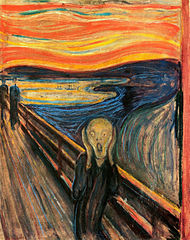| BLOG |
Carl McTague
mathematician, composer, photographer, fiddler |
Letchworth Lower Falls
How to Recognize Generators for String Bordism
A key result of my paper:
The Cayley Plane and String Bordism, Geometry & Topology 18-4 (2014), 2045–2078.
unmentioned in the abstract or introduction—and likely of independent interest—is the following characteristic-number-theoretic criterion for a set to generate the String bordism ring (with 6 inverted).
Theorem 4. A set $S$ generates the ring $\pi_*\mathrm{MO}\langle8\rangle[1/6]$ if:
- For each integer $n>1$, there is an element $M^{4n}$ of $S$ such that for any prime $p>3$: $$\begin{align*} \mathrm{ord}_p \big( \mathrm{s}_n[M^{4n}] \big) = \begin{cases} 1 & \text{if $2n=p^i-1$ or $2n=p^i+p^j$ for some integers $0 \le i \le j$} \\ 0 & \text{otherwise} \end{cases} \end{align*}$$ where $\mathrm{s}_n[M]$ is the characteristic number corresponding to the $n$th power sum symmetric polynomial $\sum x_i^n$ in the Pontrjagin roots of the tangent bundle of $M$, and $\mathrm{ord}_p(-)$ its $p$-adic order, i.e. the heighest power of $p$ which divides it.
- For each prime $p>3$ and each pair of integers $0<i<j$, there is an element $N^{2(p^i+p^j)}$ of $S$ such that: $$\begin{align*} \mathrm{s}_{(p^i+p^j)/2}[N^{2(p^i+p^j)}]&=0 \\ \mathrm{s}_{(p^i+1)/2,(p^j-1)/2}[N^{2(p^i+p^j)}] &\not\equiv 0 \mod p^2 \end{align*}$$ where $\mathrm{s}_{m,n}[N]$ is the characteristic number corresponding to the symmetric polynomial $\sum_{i\ne j} x_i^mx_j^n$ in the Pontrjagin roots of the tangent bundle of $N$.
This is a consequence of Hovey’s calculation of:
The homotopy of $\mathrm{MString}$ and $\mathrm{MU}\langle6\rangle$ at large primes, Algebr. Geom. Topol. 8 (2008), 2401–2414.
which itself builds on Hopf-ring-theoretic work of Ravenel and Wilson. It should be compared with the analogous result for the oriented bordism ring (with 2 inverted):
Theorem (Novikov, cf. Stong p. 180). A sequence $\{M^{4n}\}_{n\ge1}$ generates the ring $\pi_*\mathrm{MSO}[1/2]$ if and only if:
- For any integer $n>0$ and any odd prime $p$: $$\begin{align*} \mathrm{ord}_p \big( \mathrm{s}_n[M^{4n}] \big) = \begin{cases} 1 & \text{if $2n=p^i-1$ for some integer $i>0$} \\ 0 & \text{otherwise} \end{cases} \end{align*}$$
References
-
Robert Stong, Notes on Cobordism Theory, Princeton University Press, 1968.
-
John Milnor, Characteristic Classes, Princeton University Press, 1974.
After Laocoön [or Before?]
Little is known with certainty about the serpent—not even how many thousand years old it is.
References
-
A New Multistage Construction Chronology for the Great Serpent Mound, USA, Edward W. Herrmann, G. William Monaghan, William F. Romain, Timothy M. Schilling, Jarrod Burks, Karen L. Leone, Matthew P. Purtill, Alan C. Tonetti, Journal of Archaeological Science, Vol. 50, pp. 117–125, Oct 2014.
-
Serpent Mound: A Fort Ancient Icon?, Robert V. Fletcher, Terry L. Cameron, Bradley T. Lepper, Dee Anne Wymer and William Pickard, Midcontinental Journal of Archaeology, Vol. 21, No. 1, pp. 105–143, Spring 1996.
-
The Serpent Mound of Ohio, F.W. Putnam, The Century Illustrated Monthly Magazine, Vol. XXXIX, No. 6, pp. 871–888, April 1890.
-
History Got it Wrong: Scientists Now Say Serpent Mound as Old as Aristotle by Geoffrey Sea for Indian Country Today, 7 Aug 2014.
-
Crazy Theories Threaten Serpent Mound, Demean Native Heritage by Mary Annette Pember for Indian Country Today, 6 June 2013.
« Previous Page — Next Page »
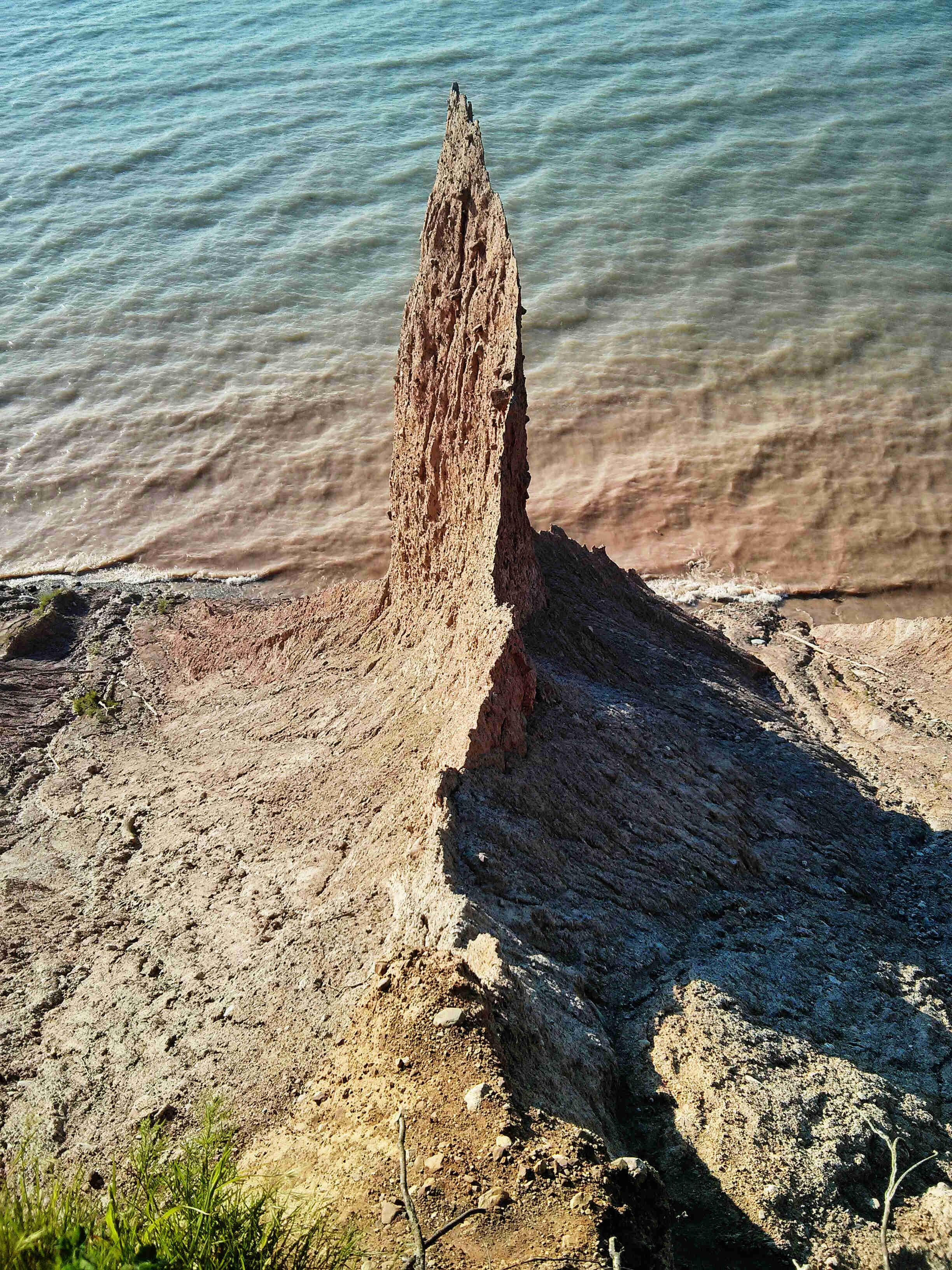
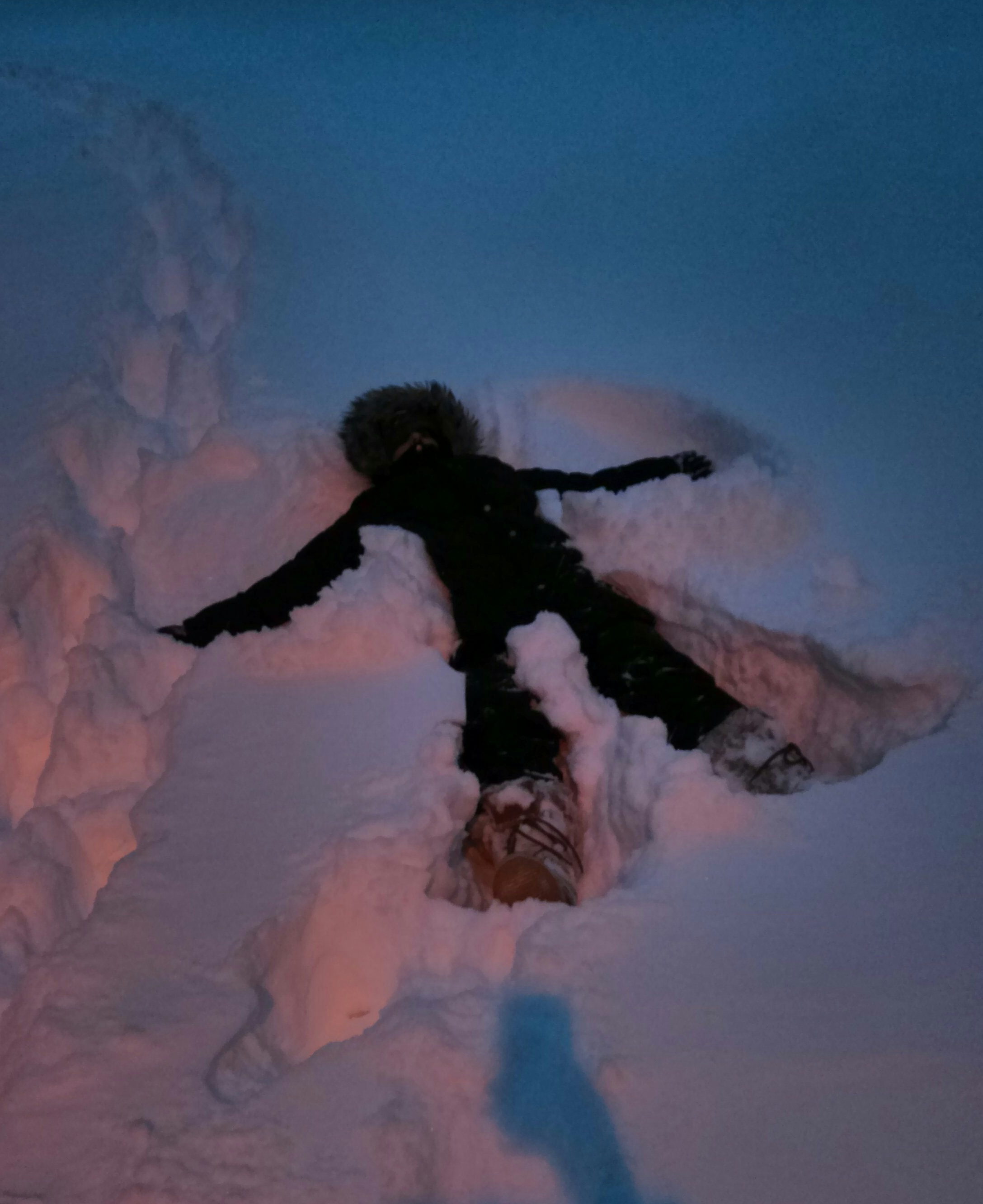
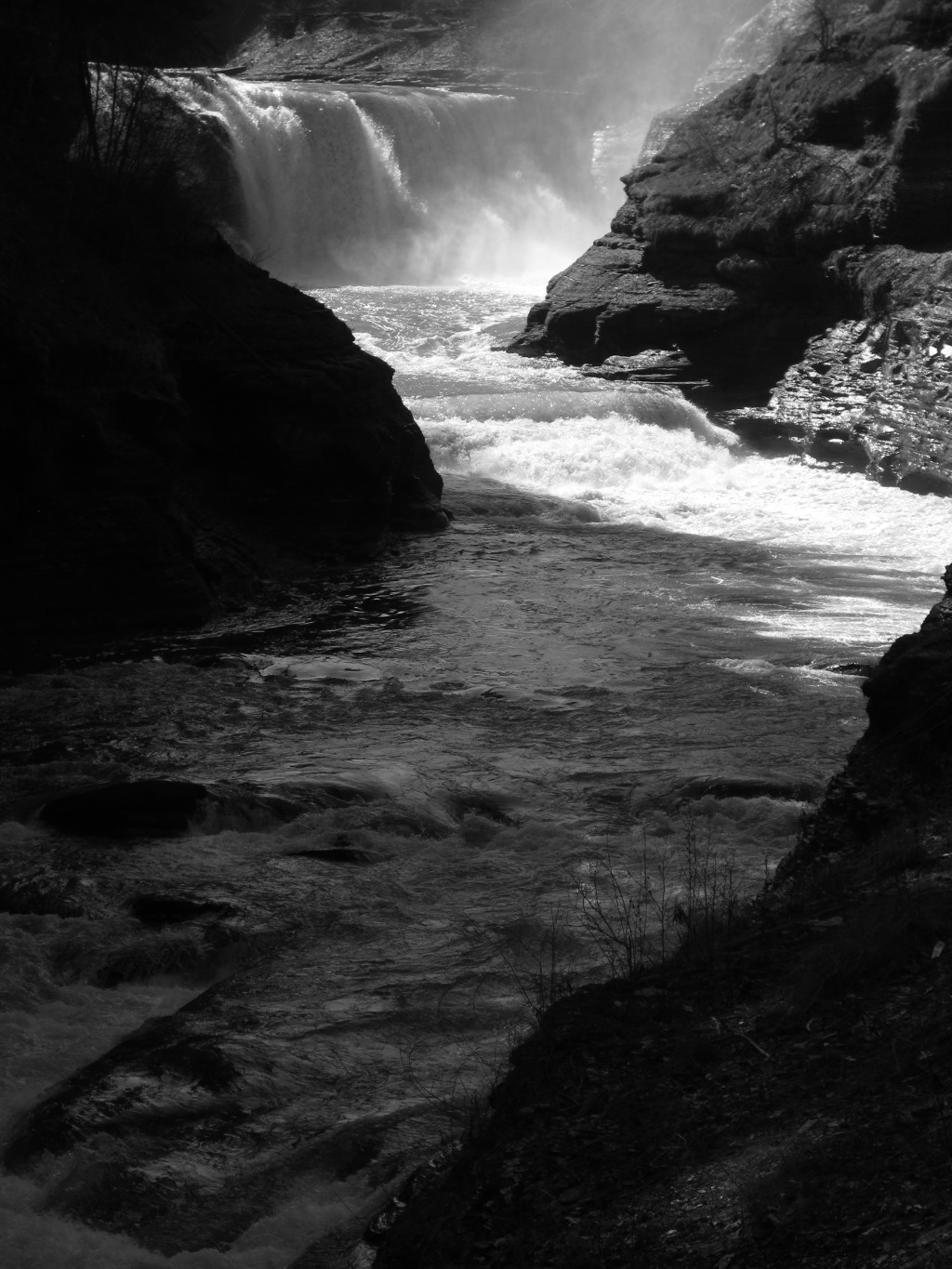
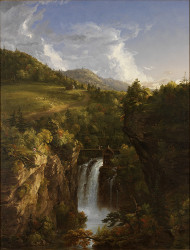
![After Laocoön [or Before?] (2014)](http://www.mctague.org/carl/images/2014/laocoon-1024.jpg)
